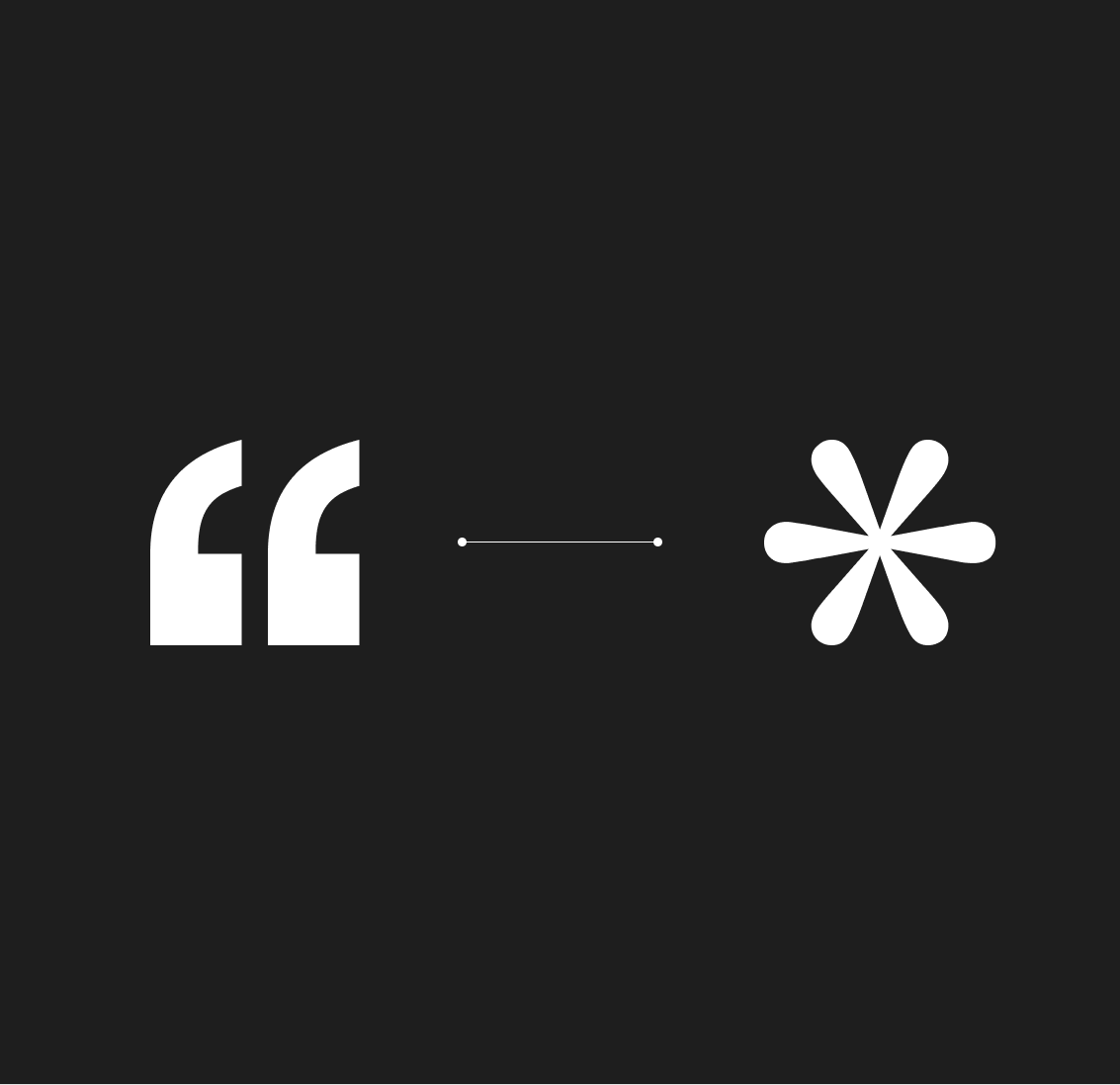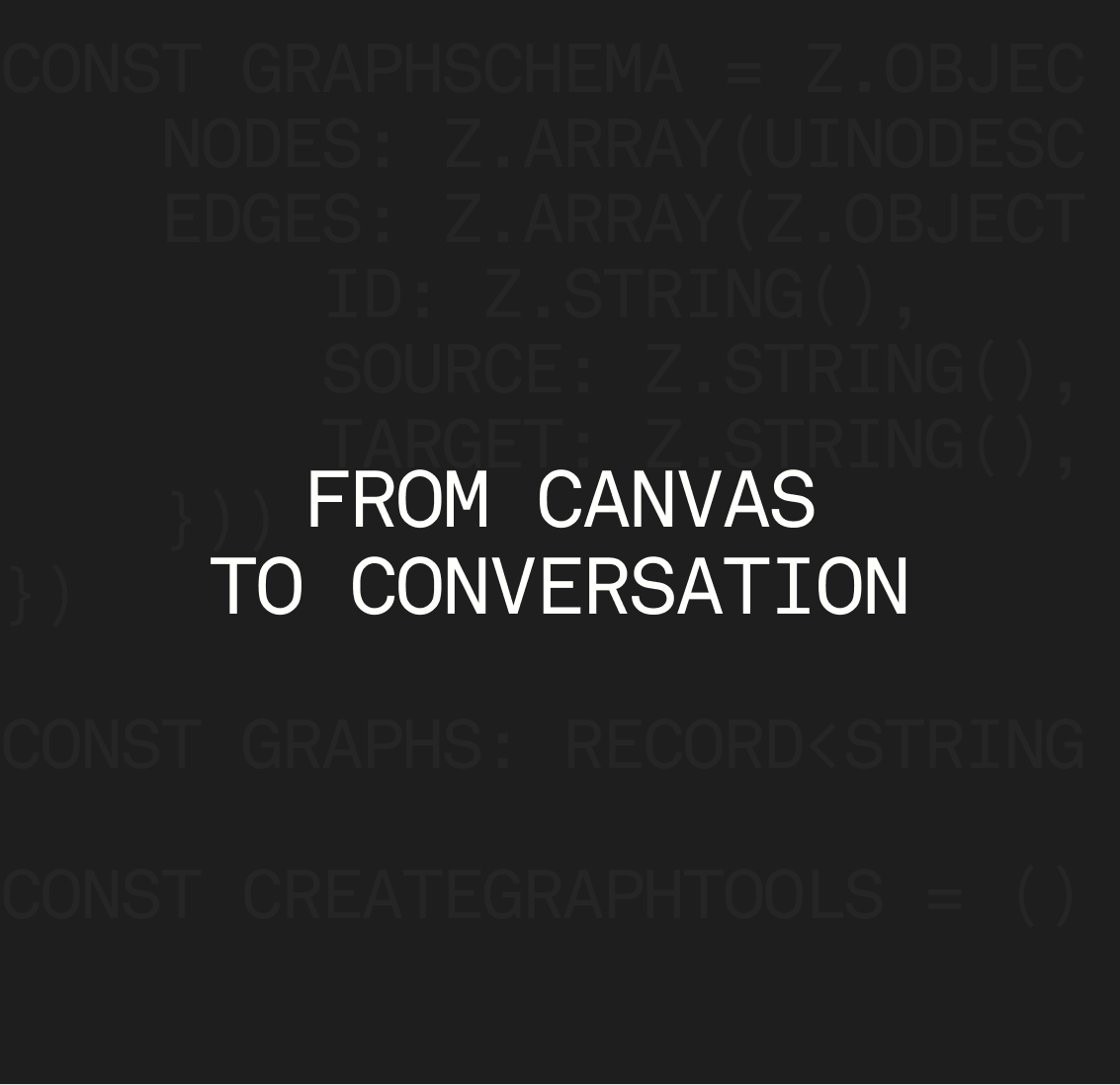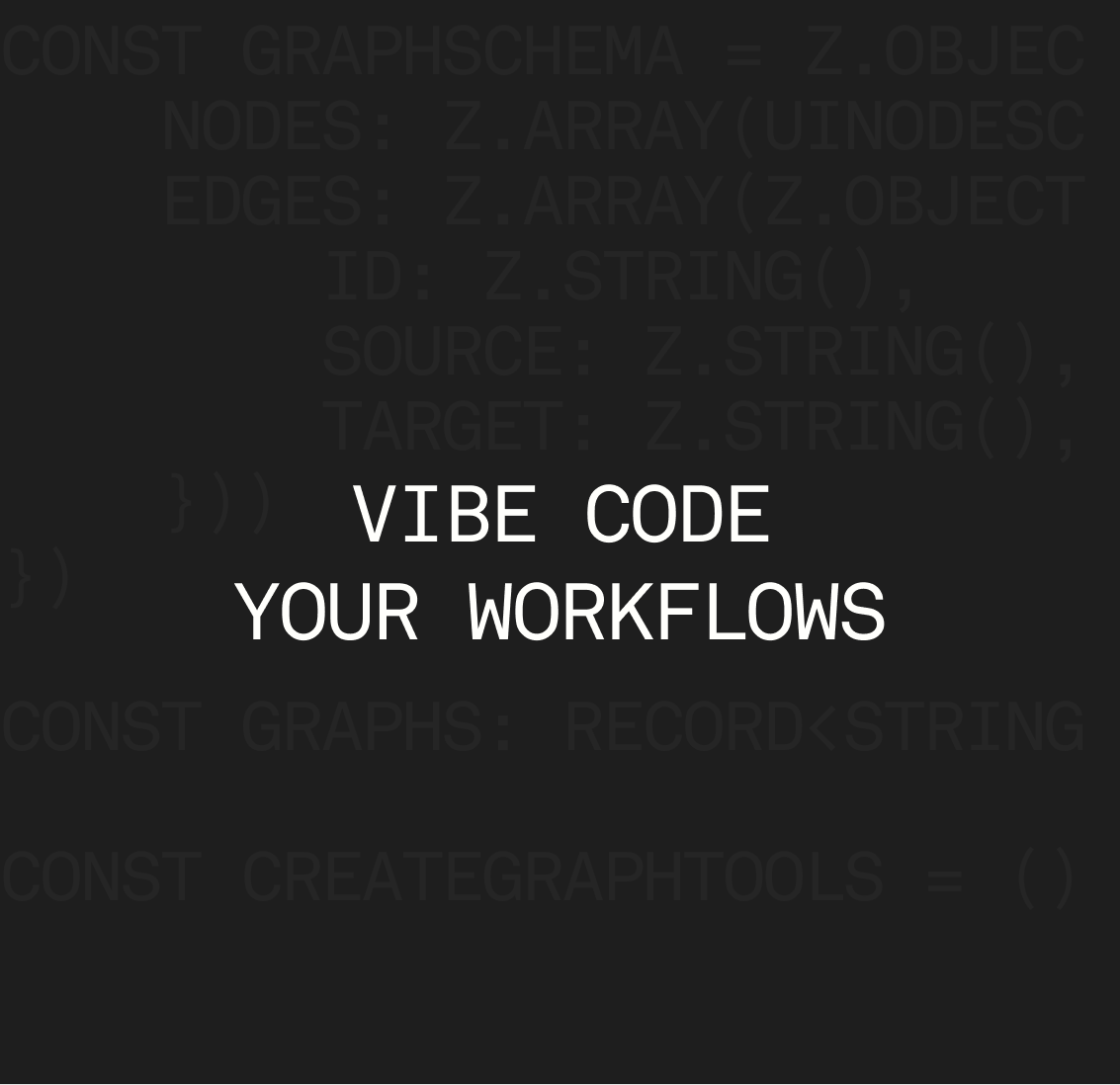From conversation to execution.
Chat-to-workflow isn’t just a UX shift — it’s a fundamental redefinition of how work is specified, captured, and created. Ultimately, it’s the new interface for productivity that captures intent, planning, and execution in a single conversation loop.
What is “chat-to-workflow”?
At its core:
Chat-to-workflow is the ability to turn natural conversation — via text or voice — into structured, executable actions across tools and teams.
Unlike traditional workflow builders (which assume upfront structure, UI-heavy input, and rigid logic), chat-to-workflow systems:
- Capture fluid, messy, fast-moving conversations.
- Detect intent, entities, and next steps in real time.
- Generate automated workflows — tasks, tickets, code, docs, approvals, notifications, etc. — all without context switching.
Achieving and maintaining a full system of context, between teams and tools, has been hard. Now though, MCP, AI systems, and the changing shape of LLMs are enabling this context gap to be bridged.
Chat-to-build tools will be able to compliment each other. Rather than produce errors, bugs, and missing pieces of context that you have to manually fill, you’ll be able to automate what you want more easily in CodeWords, and deliver it across your tools.
Whilst Lovable’s chat-to-build interface allows users to simply describe their ideas and produce full-stack websites and applications without programming, and is replacing Wix in the process, CodeWords is replacing Zapier and n8n’s rigid logics.
Now, anything is possible within automation, you just need the right platform to get you there.
The new era of automation.
CodeWords encapsulates a vision of work where code, operations, and team communications converge into a single platform.
This is achieved through language that is:
- Conversational (human-centric)
- Composable (snippets, actions, and intelligent assumptions, not monoliths)
- Executable (every word can become action)
Chat-to-workflow is exactly how CodeWords operates. It ensures abstract ideas get translated into concrete steps and outcomes, and it allows any automation to be built in minutes by translating your words into actionable code.
In this new era of automation:
- Bugs that take hours to fix are no longer a barrier
- All your tools integrate and communicate whenever and wherever you want them to
- A non-technical user is as equally empowered to build and automate as a developer or technical builder is
Why now?
We believe that existing automation tools are rigid, lack customization, and haven’t kept up with the newest advancements in software development.
The shape of work has also changed:
- Remote work and async tools are noisy, and it’s harder than ever to trace intent
- Generative AI understands nuance, ambiguity, and tone, it just needs a place to build things
- LLMs are capable of both semantic understanding and action generation
- Teams increasingly want zero-ops coordination — not yet another dashboard
This means that there’s no better time to launch an automation platform that handles work and productivity the way we really want it to.
Zapier and n8n have led the way in creating effective and efficient automation builders. CodeWords is inventing a new category of automation tools — one that is flexible, works in minutes, and allows anyone to build any workflow with only natural language.
What does this look like?
The chat-to-workflow magic happens by using CodeWords for yourself.
Let’s take a look at how this works for different use cases.
1. Engineering
Chat: “Can you create an automated incident response from Datadog Alerts”
CodeWords:
→ Deploys CodeWords test webhook to capture Datadog’s alert payload structure
→ Configures Datadog to send alerts to test webhook URL
→ Analyzes webhook data structure and create service with custom webhook endpoint
→ Parses Datadog alert data (severity, service, message etc.)
→ Connects to Slack for real-time notifications
→ Auto-creates tickets on Jira with alert context
→ Updates the team dashboard with incident tracking
→ Deploys and replaces the Datadog webhook with production URL
→ Tests and executes the end-to-end workflow with real alert
2. Growth/Marketing
Chat: “Create an automation that suggests A/B tests to the pricing page copy next week.”
CodeWords:
→ Scrapes your current pricing page to extract all copy and structure
→ Uses AI to analyze pricing psychology, clarity, and conversion elements
→ Researches pricing page best practices and current trends
→ Generates specific A/B test ideas focused on copy improvements
→ Prioritizes suggestions by potential impact
→ Schedules the analysis to run weekly
→ Delivers suggestions in your preferred format with clear implementation guidance
3. Operations
Chat: “Create an onboarding flow for new employees.”
CodeWords:
→ Sends a welcome email when employee data is added to Google sheet
→ Sends a welcome message to the main Slack channel
→ Sends a direct Slack message to new employee containing onboarding info
→ Creates Google Calendar invites for key intro meetings
→ Posts intros to relevant Slack channels so team members can connect
→ Tracks completion of onboarding steps in the spreadsheet
→ Sends follow-ups if steps are not completed
Chat as a programming interface.
In legacy systems, workflows are designed outside of the work. In CodeWords, your workflows are shaped as you talk. Even if the input is vague, the CodeWords system knows how to scaffold intent into action. This means that any user can now build automations, without the traditional technical barrier to entry.
We also know how much value is placed on having full control over your code. That’s why CodeWords let’s you have access to the code when you want it, but you always have the option to use Cody, our chat interface, when you don’t.
The shift we’re betting on.
We believe the next great productivity unlock isn’t a better task manager. It’s a world where talking is doing — where intent expressed in chat becomes action across your stack. That’s the CodeWords chat-to-workflow platform.






